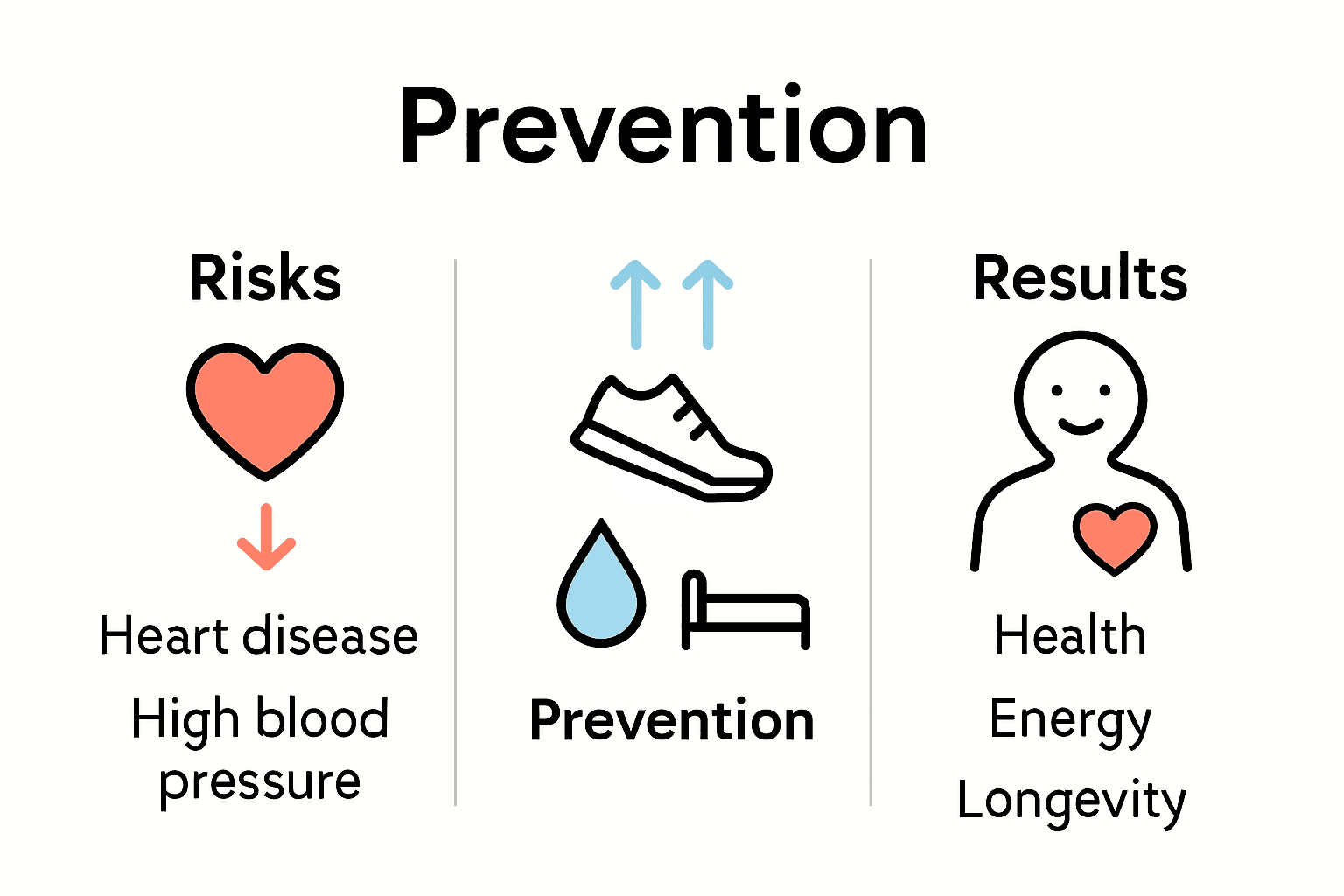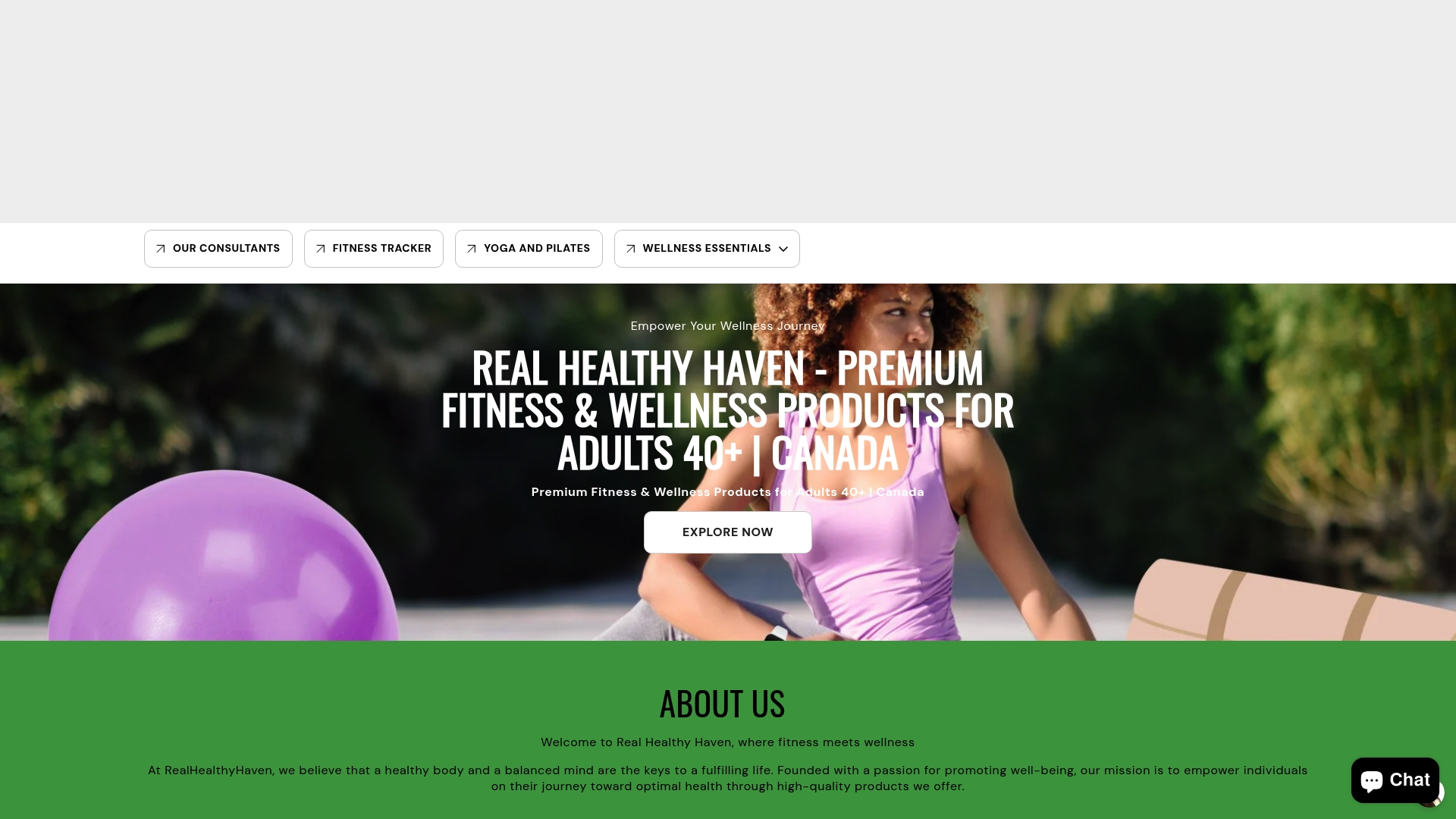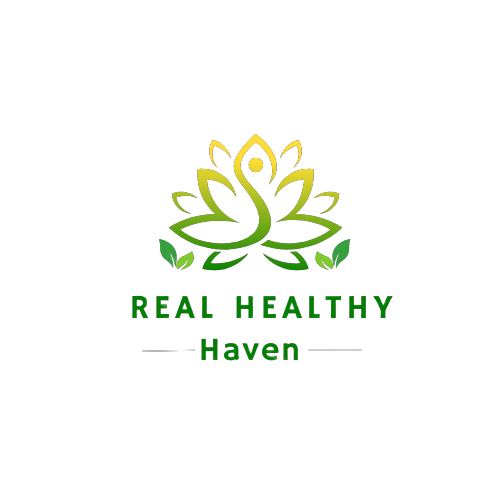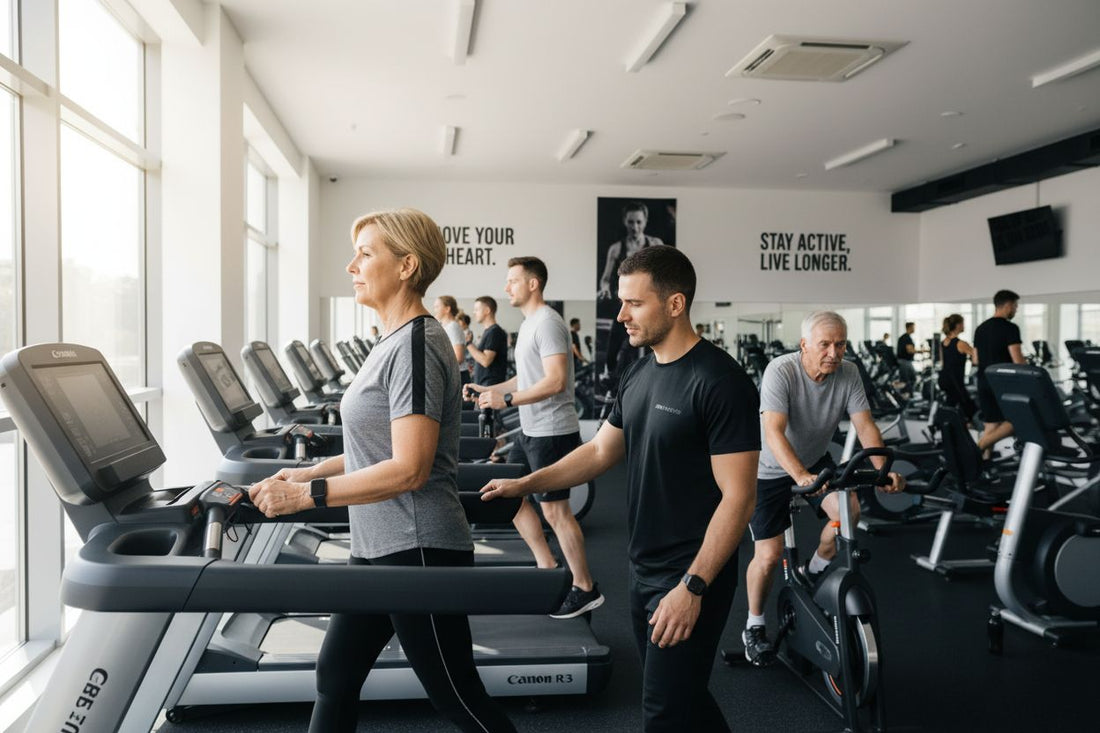Did you know that regular cardio activity can lower your risk of heart disease by up to 30 percent? Many people believe that you have to run marathons or be in your twenties to see real results, but that is simply not true. Understanding cardiovascular fitness unlocks benefits for every age, from boosting energy to supporting mental health. Discover how small, consistent movements can create lasting changes in your health and help you sidestep common fitness myths.
Table of Contents
- Defining Cardiovascular Fitness And Common Myths
- Types Of Cardiovascular Exercise Explained
- Major Health Benefits For Adults Over 40
- Risks Of Poor Cardio Fitness And How To Avoid Them
- Practical Tips For Safe cardio Training At Any Age
Key Takeaways
| Point | Details |
|---|---|
| Holistic Nature of Cardiovascular Fitness | Emphasizes sustainable movement over punishing workouts, providing significant health benefits at all life stages. |
| Age-Inclusive Benefits | Regular cardiovascular exercise enhances health and reduces disease risk, especially for adults over 40. |
| Debunking Common Myths | Cardiovascular exercise isn’t solely for weight loss; it supports mental health, stamina, and overall well-being. |
| Safe Training Practices | Begin with moderate exercises, listen to your body, and consult healthcare professionals for personalized plans. |
Defining Cardiovascular Fitness and Common Myths
Cardiovascular fitness is the ability of your heart, lungs, and blood vessels to efficiently deliver oxygen during physical activity. According to the National Heart, Lung, and Blood Institute, this fitness involves how effectively your body can sustain movement and manage energy expenditure.
Contrary to popular belief, cardiovascular exercise isn’t just for athletes or young people. Endurance exercise, such as walking, swimming, or cycling, provides significant health benefits for individuals of all fitness levels and ages. As research from the American Heart Association indicates, these activities can improve overall heart health, increase stamina, and support long-term wellness.
Some persistent myths about cardiovascular fitness need debunking:
- High-Intensity is the Only Way: Not true. Moderate activities like brisk walking can dramatically improve heart health
- Cardiovascular Exercise is Only for Weight Loss: Exercise supports multiple health dimensions including mental clarity, stress reduction, and chronic disease prevention
- You Need Hours of Exercise Daily: Even 30 minutes of consistent, moderate activity can yield substantial health benefits
Understanding cardiovascular fitness means recognizing it as a holistic approach to wellness. It’s about consistent, sustainable movement that supports your body’s natural capabilities, not punishing workout regimens that feel impossible to maintain.
Types of Cardiovascular Exercise Explained
Cardiovascular exercise encompasses a wide range of aerobic activities designed to elevate heart rate and improve overall fitness. According to the National Heart, Lung, and Blood Institute, these exercises include walking, jogging, swimming, cycling, and dancing, each offering unique benefits for different fitness levels and preferences.
Low-Impact Cardiovascular Exercises provide gentler options for individuals with joint concerns or those just beginning their fitness journey. Walking, swimming, and stationary cycling are excellent examples that deliver significant cardiovascular benefits without excessive strain.
IMAGE:descriptive_key_1] As research from the [American Heart Association indicates, these activities can significantly improve heart health and endurance.
Various cardiovascular exercise types include:
Here’s a comparison of common cardiovascular exercises and their key benefits:
| Exercise Type | Impact Level | Main Benefits |
|---|---|---|
| Walking | Low | Accessible to most Improves stamina Supports joint health |
| Swimming | Low | Full-body workout No joint stress Enhances lung capacity |
| Cycling | Low-Medium | Supports cardiovascular health Builds leg strength Indoor or outdoor options |
| Dancing | Medium | Boosts coordination Fun social activity Elevates mood |
| Rowing | Medium | Total-body strength Excellent cardio Improves endurance |
- Walking: Perfect for beginners, adaptable to different fitness levels
- Swimming: Full-body workout with minimal joint stress
- Cycling: Indoor or outdoor option supporting cardiovascular conditioning
- Dancing: Enjoyable way to improve coordination and heart health
- Rowing: Comprehensive exercise targeting multiple muscle groups
The key is finding cardiovascular exercises that you enjoy and can consistently perform. Your personal fitness routine should feel sustainable and enjoyable, not like a punishment. By exploring different activities, you’ll discover which exercises resonate with your body and lifestyle, making long-term fitness engagement more likely.
Major Health Benefits for Adults Over 40
Cardiovascular fitness becomes increasingly critical as we age, offering a comprehensive approach to maintaining health and vitality. According to CardioSmart, regular physical activity for adults over 40 can significantly reduce the risk of cardiovascular diseases, including heart attack and stroke.
Research from Harvard Health highlights that a combination of aerobic exercise, strength training, and flexibility work provides multi-dimensional health benefits. This integrated approach helps manage weight, improve muscle strength, enhance metabolic function, and support overall physiological resilience.
Key health benefits for adults over 40 include:
- Blood Pressure Regulation: Consistent cardiovascular exercise helps maintain healthy blood pressure levels
- Cholesterol Management: Physical activity can help balance good and bad cholesterol
- Weight Control: Regular exercise supports metabolic health and prevents age-related weight gain
- Mental Health Improvement: Exercise releases endorphins, reducing stress and supporting cognitive function
- Bone Density Preservation: Weight-bearing cardiovascular activities help maintain bone strength
The most powerful aspect of cardiovascular fitness after 40 is its ability to create a positive feedback loop. As you become more active, you’ll likely experience increased energy, improved mood, and greater confidence in your physical capabilities. Your body doesn’t just survive these years—it can truly thrive.
Risks of Poor Cardio Fitness and How to Avoid Them
Cardiovascular health deteriorates rapidly when physical activity is neglected, creating a cascade of potential health risks. According to research published in PubMed, poor cardiovascular fitness significantly increases the likelihood of serious medical conditions, including heart attack, stroke, and chronic metabolic disorders.
According to CardioSmart, individuals with sedentary lifestyles face multiple health challenges. Lack of regular exercise can lead to dangerous physiological changes such as elevated blood pressure, increased cholesterol levels, reduced metabolic efficiency, and higher risks of obesity.
Potential risks of poor cardiovascular fitness include:
- Heart Disease: Higher probability of cardiovascular complications
- Metabolic Syndrome: Increased insulin resistance and diabetes risk
- High Blood Pressure: Reduced cardiovascular system efficiency
- Reduced Lung Capacity: Decreased oxygen processing capabilities
- Weight Management Challenges: Slower metabolism and increased fat storage
Preventing these risks requires a proactive approach. Start with moderate, consistent exercise, gradually increasing intensity and duration. Listen to your body, consult healthcare professionals, and remember that small, sustainable lifestyle changes can dramatically improve your cardiovascular health. Your heart is a muscle that gets stronger with regular, intelligent training.

Practical Tips for Safe Cardio Training at Any Age
Safe cardiovascular training requires a thoughtful, personalized approach that adapts to individual fitness levels and health conditions. According to the American Heart Association, the key is to start with moderate-intensity activities like brisk walking, gradually increasing duration and intensity while incorporating essential warm-up and cool-down periods.
CardioSmart emphasizes the critical importance of consulting healthcare providers before beginning any new exercise regimen, especially for individuals with pre-existing health conditions. This professional guidance helps create a tailored fitness plan that considers your unique physiological needs and potential limitations.
Practical strategies for safe cardiovascular training include:
- Start Slowly: Begin with low-impact activities and progressively increase intensity
- Listen to Your Body: Pay attention to pain, fatigue, or unusual discomfort
- Use Proper Equipment: Invest in supportive shoes and comfortable, breathable clothing
- Stay Hydrated: Drink water before, during, and after exercise
- Include Rest Days: Allow your body time to recover and prevent overexertion
Remember, cardiovascular fitness is a journey, not a destination. The most sustainable approach is finding activities you genuinely enjoy, which makes consistency feel less like a chore and more like a rewarding part of your lifestyle. Your body will thank you for making intelligent, thoughtful choices about your health.
Unlock Your Heart’s Potential with Smart Cardiovascular Solutions
The Complete Guide to Why Cardiovascular Fitness Matters reveals how essential consistent, sustainable aerobic activity is for adults over 40 to maintain heart health and vitality. If you are concerned about managing blood pressure, boosting endurance, or safely increasing your daily activity, you are not alone. Many face challenges like joint discomfort or uncertainty about where to start. That’s why finding the right tools and support can transform your journey from overwhelming to empowering.

Explore our thoughtfully curated range of exercise equipment, health monitors, and comfortable activewear designed specifically for mature adults seeking lasting wellness. At Real Healthy Haven, you can easily shop for products tailored to support your cardiovascular goals while honoring your body’s unique needs. Start today to take control of your heart health and experience the confidence that comes from making smart, enjoyable fitness choices. Visit our landing page to browse our selection and discover how simple it is to integrate heart-friendly wellness into your daily life.
Frequently Asked Questions
What is cardiovascular fitness?
Cardiovascular fitness refers to the ability of the heart, lungs, and blood vessels to efficiently deliver oxygen during physical activity, allowing the body to sustain movement and manage energy expenditure.
Why is cardiovascular exercise important for adults over 40?
As we age, cardiovascular fitness is crucial for reducing the risk of heart diseases, managing weight, improving mental health, and preserving bone density. Regular exercise promotes overall vitality and well-being in this age group.
What types of activities count as cardiovascular exercises?
Common cardiovascular exercises include walking, jogging, swimming, cycling, and dancing. These activities help elevate heart rate and improve cardiovascular endurance, with options suitable for all fitness levels.
How can I safely start a cardiovascular fitness routine?
To start a cardiovascular fitness routine safely, begin with moderate-intensity activities like brisk walking, listen to your body, gradually increase intensity, and consult a healthcare provider, especially if you have existing health conditions.



